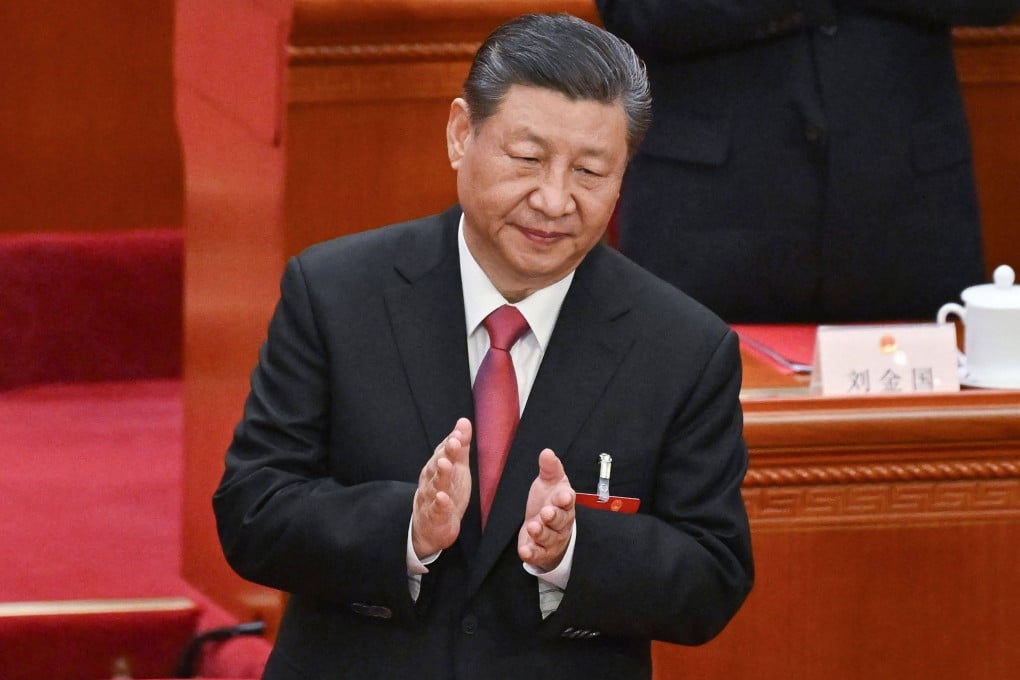Advertisement
Opinion | Why China’s plan for ‘new productive forces’ should make the West sit up
- It’s the successor to the grossly underestimated ‘Made in China 2025’ strategy, which spawned China’s dominance in electric cars, green tech and other high-end industries
Reading Time:3 minutes
Why you can trust SCMP
21

In China’s annual parliamentary meetings, developing “new quality productive forces” topped the agenda. A twist on Marxist theorisation, new quality productive forces simply mean new drivers of economic – and defence – growth, powered by frontier technologies.
Advertisement
Such new forces can span from infotech, biotech, artificial intelligence (AI), quantum computing, new energy and new materials, to deep space, deep ocean and deep mind. The strategy appears to have three objectives: foreign technology substitution, rapid industrial adoption and strategic defence empowerment.
Investing in frontier technologies is not new; neither is China’s use of industrial policies. Some may dismiss the jargon as an attempt to camouflage the government’s desperation to rescue the troubled economy. They would be wrong.
Year Zero of China’s electric vehicle (EV) industry coincided with the announcement of “Made in China 2025”, a full-scale decade-long industrial strategy for China to become a global leader in high-end manufacturing. China’s three EV champions, Nio, Xpeng and Li Auto, began around 2015, when Made in China 2025 was introduced. Over the next nine years, China’s EV industry grew, from non-existence to world domination.
It is no surprise that Made in China 2025 was grossly underestimated by the West early on. It also began on a modest industrial foundation.
Advertisement
A decade ago, China was a rudimentary global industrial power. Home appliances were its crowning glory. Excess capacity in low-end industrial products – steel, aluminium, glass, etc – plagued the economy. Domestic oversupply was channelled towards the Belt and Road Initiative. There was little China produced that the world had never seen. Since then, China has embarked on a new industrial paradigm, from making all things cheap to turning all things intelligent.

Advertisement
